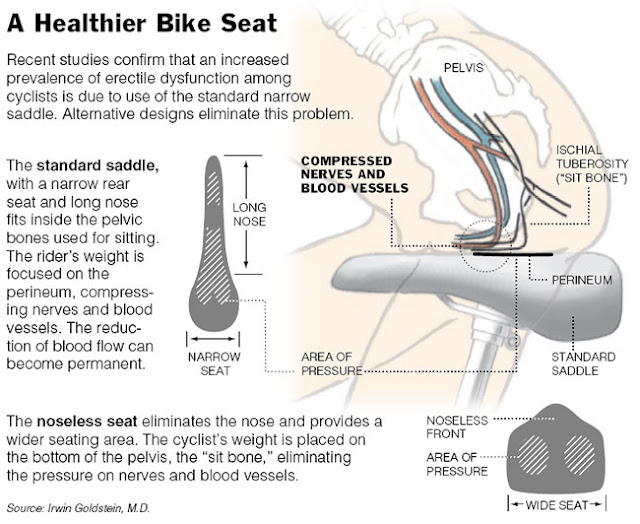QUOTE(babyshey @ Feb 25 2013, 12:52 AM)
wow 80KM ride..but do you think for foldie we will suffer? those on roadbike or mountain bike will be fast and let us behind 
i think the fairest answer to your question is... everyone will suffer if they ride out of their limits.. riding long distances is about knowing what you can do and ration your efforts over the entire duration... if you keep on chasing people the entire ride... you will be spent way before reaching the end and that is where your suffering starts... so, it is important to ride within your limits and if possible, find a rider that rides at the same pace as you just to keep each other company... if you get isolated, you can start working together to share the load fighting the wind and stuff like that...
i guess, there will be inevitably riders who are competitive in nature... and they will try to drop you whenever you stick to their tail even for no reasons... you just need to know when to let them go and save your energy for the road ahead...
QUOTE(etigge @ Feb 25 2013, 01:23 AM)
Actually we use the same effort as all the other type of bikes. Difference is road bikes are faster, in fact they take more effort to push as their gears at the rear are even smaller than folding bikes, presuming if you use the same crank lah! Folding bikes uses 52 cogs in front, similar to road bikes but road bikes has an option to even engage lower gear (easier pedalling) as they have an option to shift down to 39 cogs.
As for mountain bikes they are multi geared because they need easier pedalling force as they need to cycle over rough terrain (presuming if they use it off road lah) but if used on tarred road, the speed are slower but they also have more options on gearing as most comes with at least 27 gears with some even 33 gears but on tarred road, the usual are 44 cogs in front with 11 cogs at the rear (the highest gear, means the heaviest). Disadvantage is, when we downhill we cannot pedal anymore as the highest gear is not enough so even even we pedal it's like free gear. Unlike road bikes where the front is 52 cogs with 11 cogs rear, we can still pedal when downhill to take advantage of the force to sling us uphill after downhilling. This is off course on tarred roads.
Just count and see. If the front is 52 cogs and rear is 11 the ratio is 4.7, meaning one turn of the crank will turn the rear wheels 4.7 times and if at lowest gear 52 cogs front and 32 cogs rear means a ratio of 1.6 only. It means one turn of the crank only turns 1.6X the wheels at the back. Factor in the circumference of the wheels between the 20 inch folding bikes and 26 inch for mountain bikes or 27 inch for road bikes.
Another advantage of smaller wheel is it is easier to pedal uphill compared to larger wheels. One word says all, it all depends on the cyclist's stamina and power.
best is to look at the gear inch calculator and you'll understand what it is all about...As for mountain bikes they are multi geared because they need easier pedalling force as they need to cycle over rough terrain (presuming if they use it off road lah) but if used on tarred road, the speed are slower but they also have more options on gearing as most comes with at least 27 gears with some even 33 gears but on tarred road, the usual are 44 cogs in front with 11 cogs at the rear (the highest gear, means the heaviest). Disadvantage is, when we downhill we cannot pedal anymore as the highest gear is not enough so even even we pedal it's like free gear. Unlike road bikes where the front is 52 cogs with 11 cogs rear, we can still pedal when downhill to take advantage of the force to sling us uphill after downhilling. This is off course on tarred roads.
Just count and see. If the front is 52 cogs and rear is 11 the ratio is 4.7, meaning one turn of the crank will turn the rear wheels 4.7 times and if at lowest gear 52 cogs front and 32 cogs rear means a ratio of 1.6 only. It means one turn of the crank only turns 1.6X the wheels at the back. Factor in the circumference of the wheels between the 20 inch folding bikes and 26 inch for mountain bikes or 27 inch for road bikes.
Another advantage of smaller wheel is it is easier to pedal uphill compared to larger wheels. One word says all, it all depends on the cyclist's stamina and power.
http://www.bikecalc.com/gear_inches
roadies nowadays can adopt mountain bike like gearing as well pairing a 34 tooth front chain ring to a 32 tooth rear cog.. some even manage to stick MTB cassettes in all the way up to 34 tooth cog at the back...
it depends on what you ride really.... most people don't like wide range cassettes on roadies because they think it is ugly and un-professional looking...
but roadies have an advantage in it's lighter weight and lesser rolling resistance... although the gear inch might tell a different story... that is one thing that has to be factored in...not counting other stuff like power transfer, etc....


 Feb 25 2013, 03:14 PM
Feb 25 2013, 03:14 PM

 Quote
Quote

 0.0539sec
0.0539sec
 1.63
1.63
 7 queries
7 queries
 GZIP Disabled
GZIP Disabled